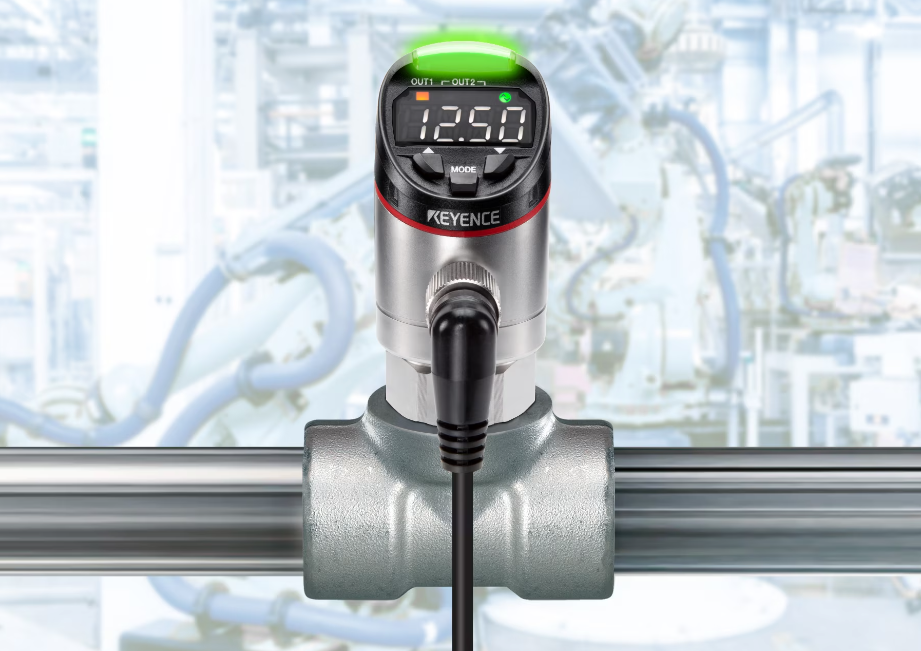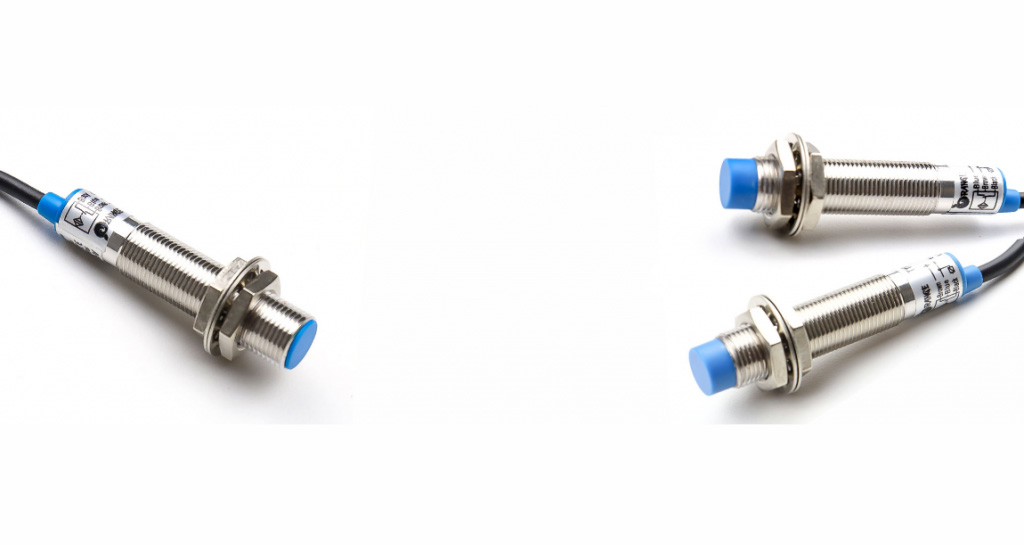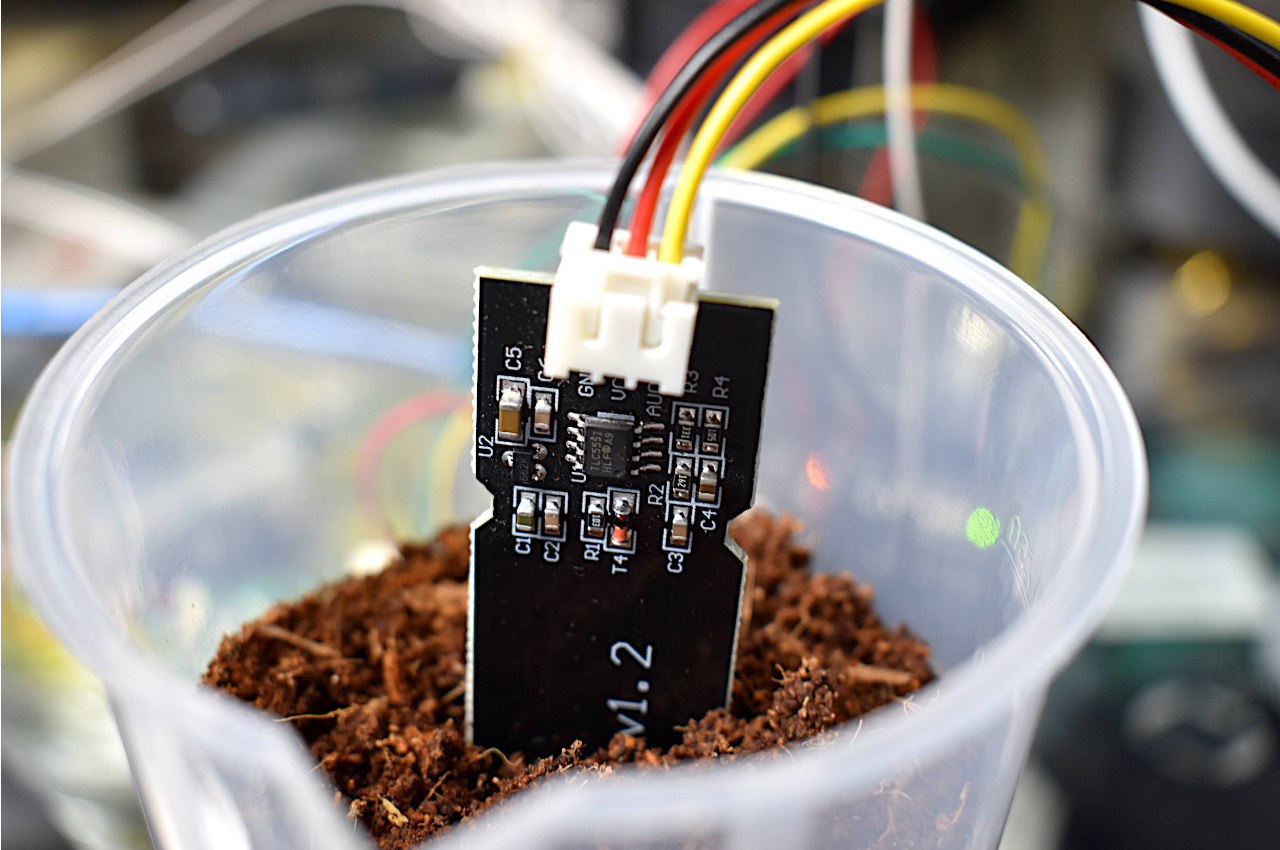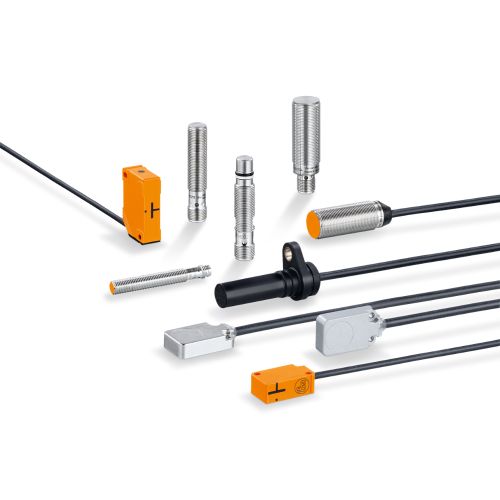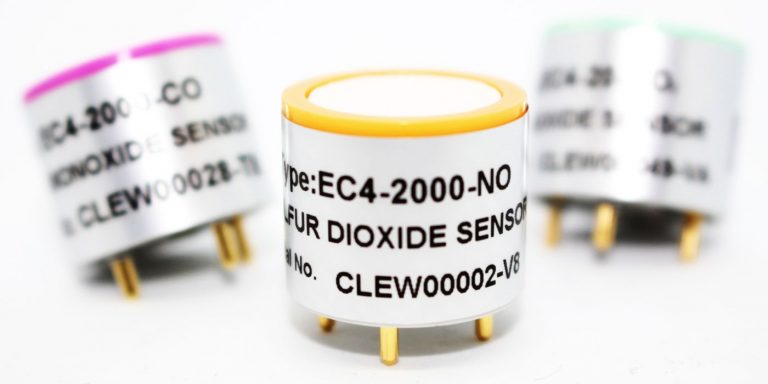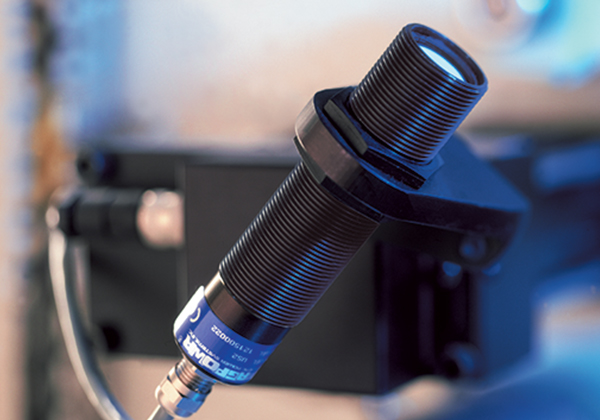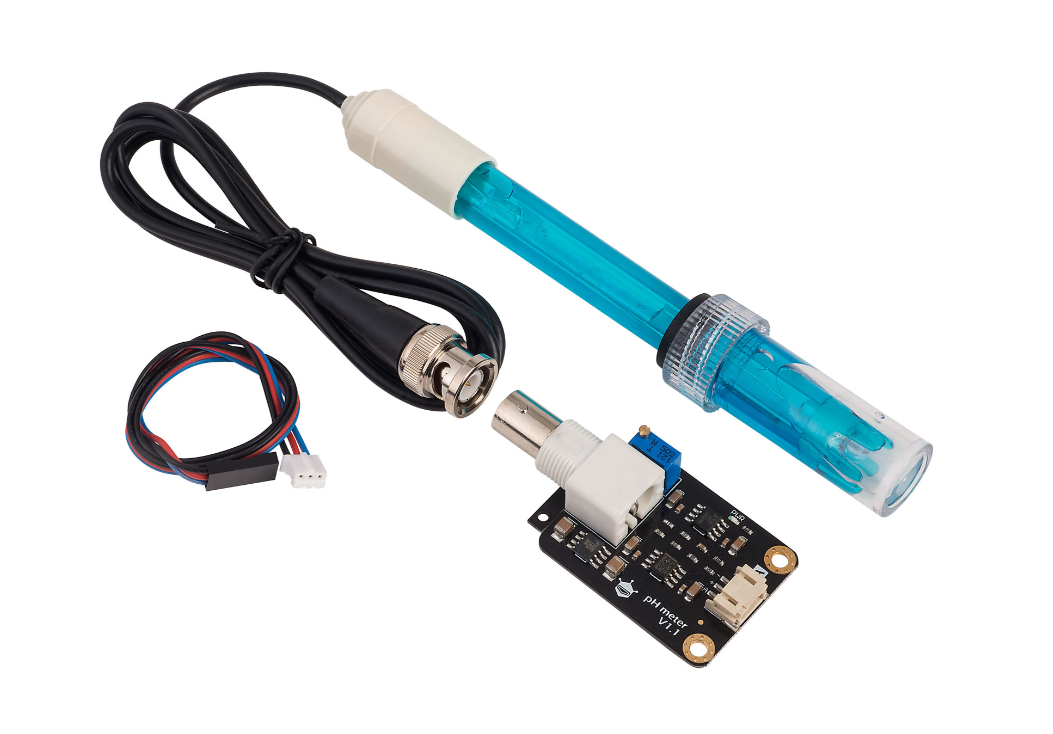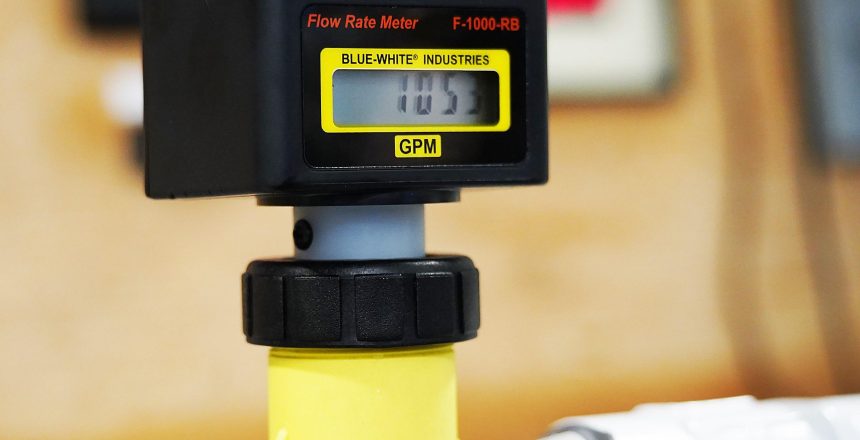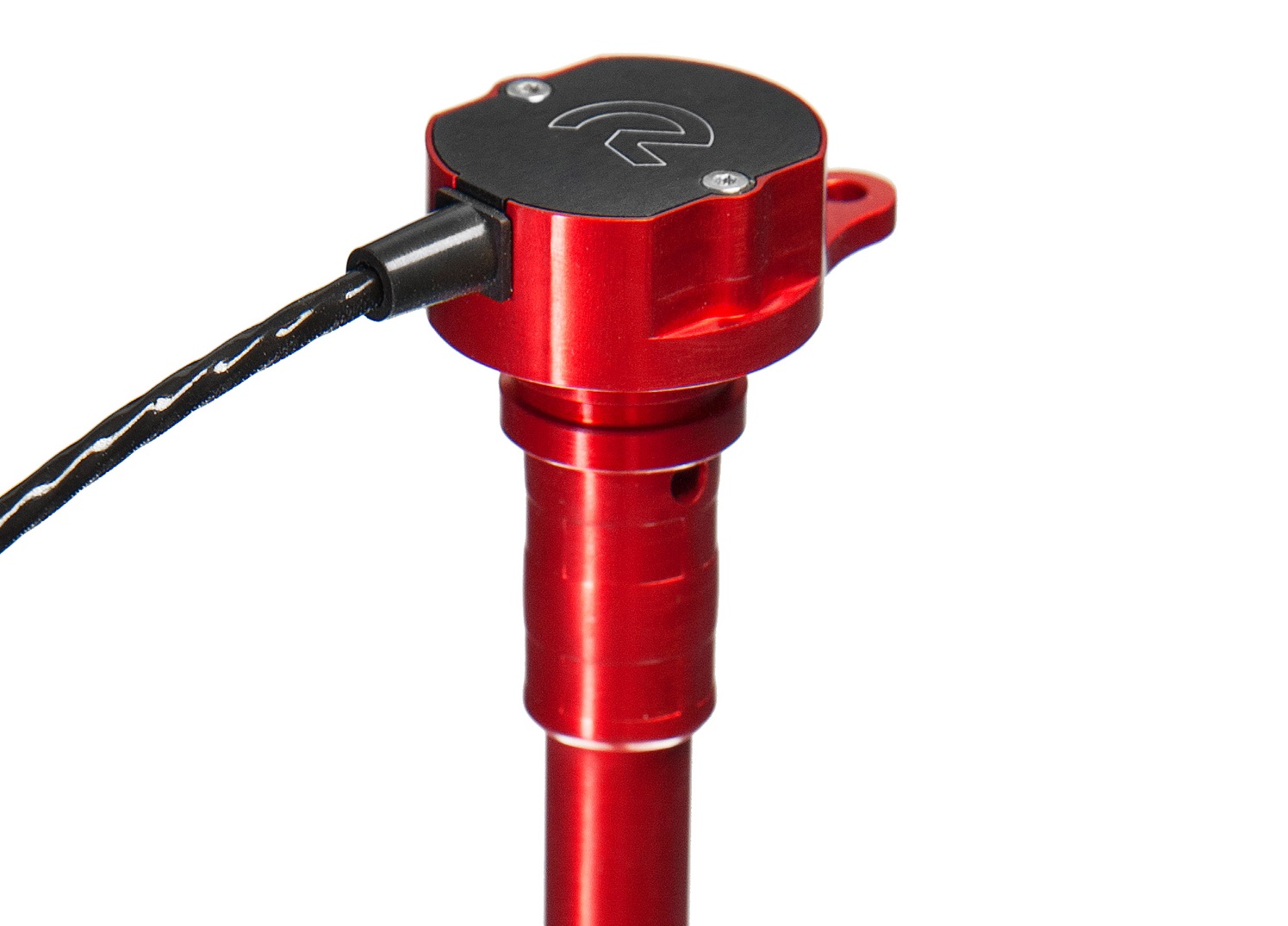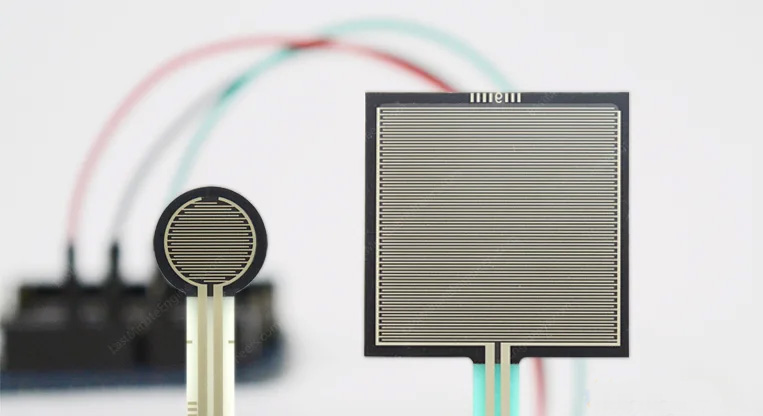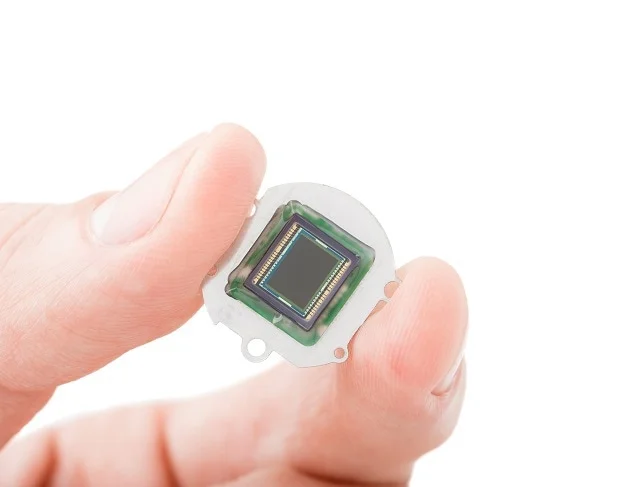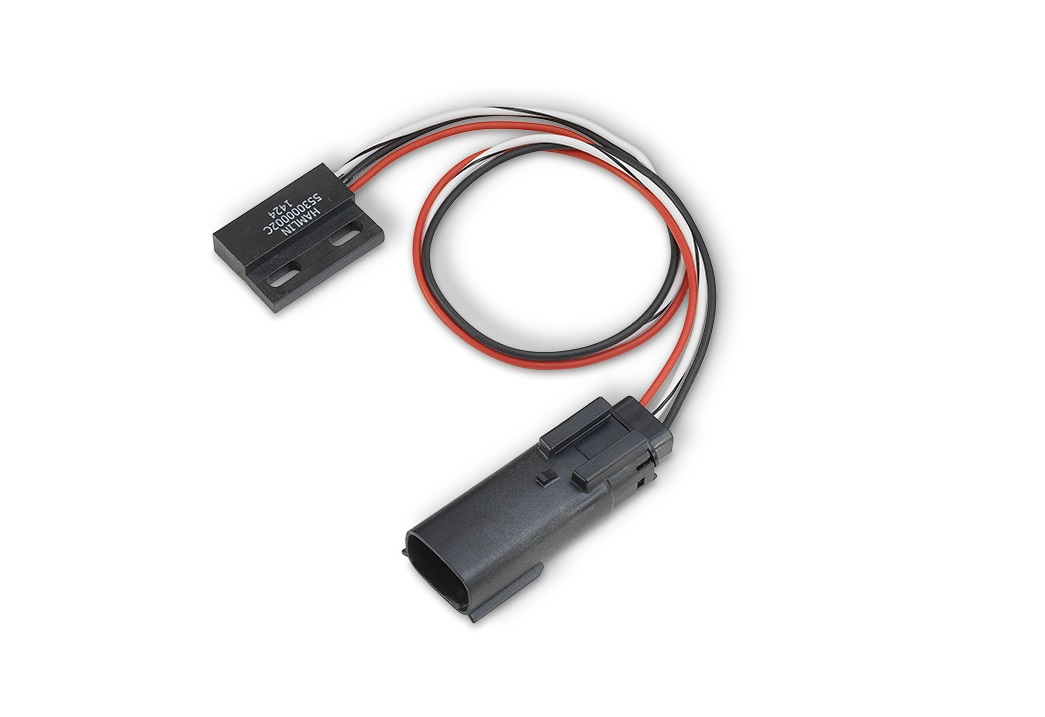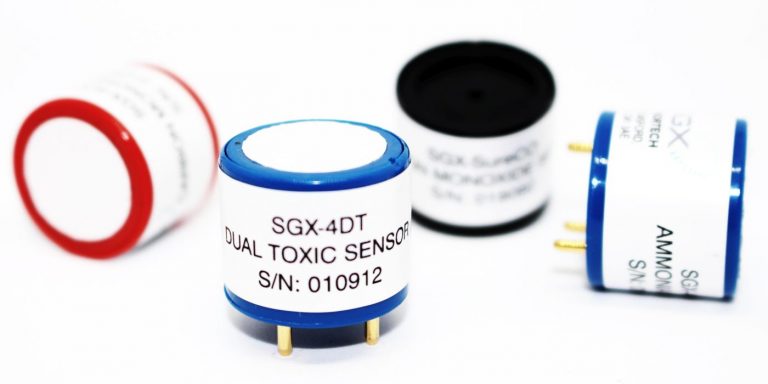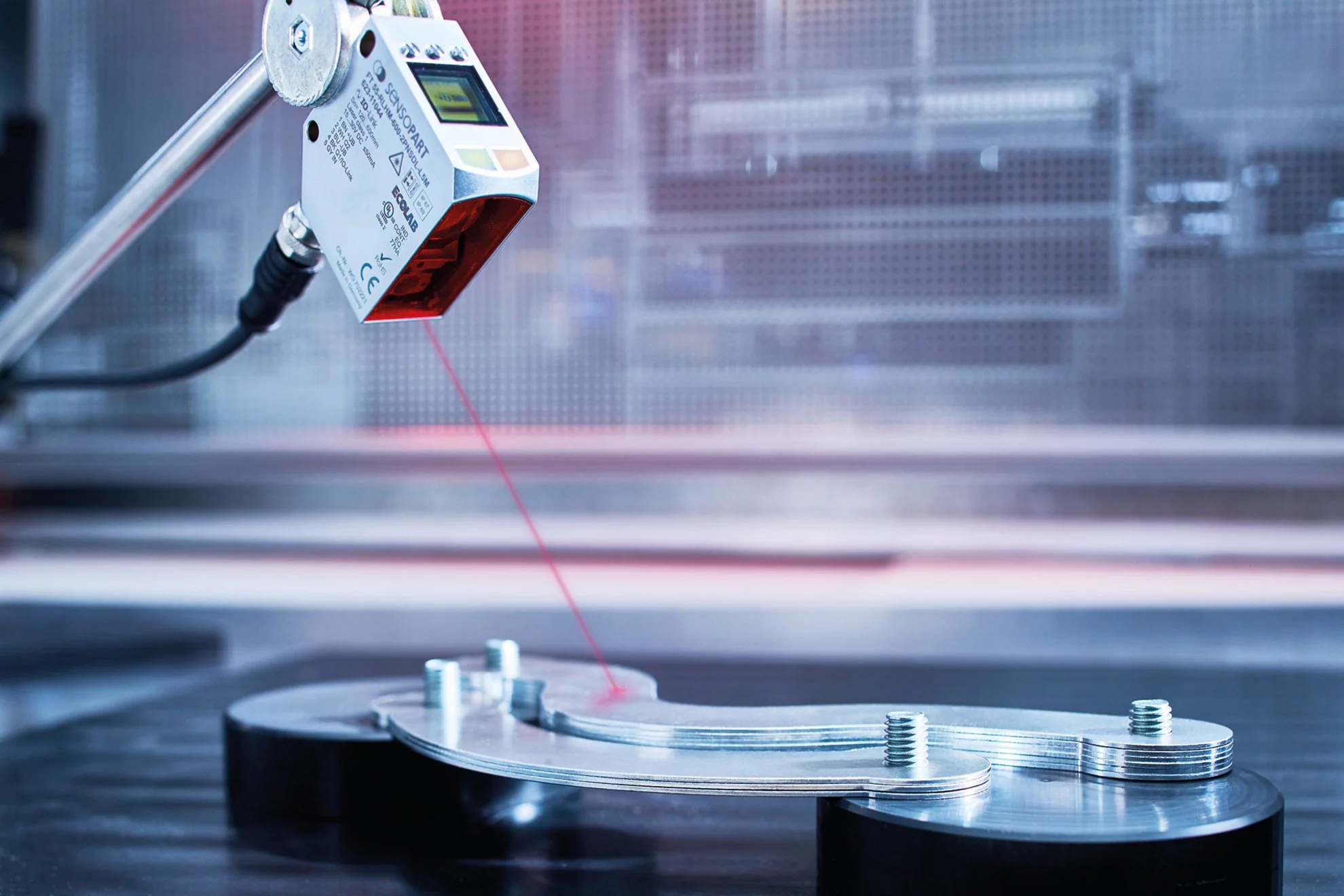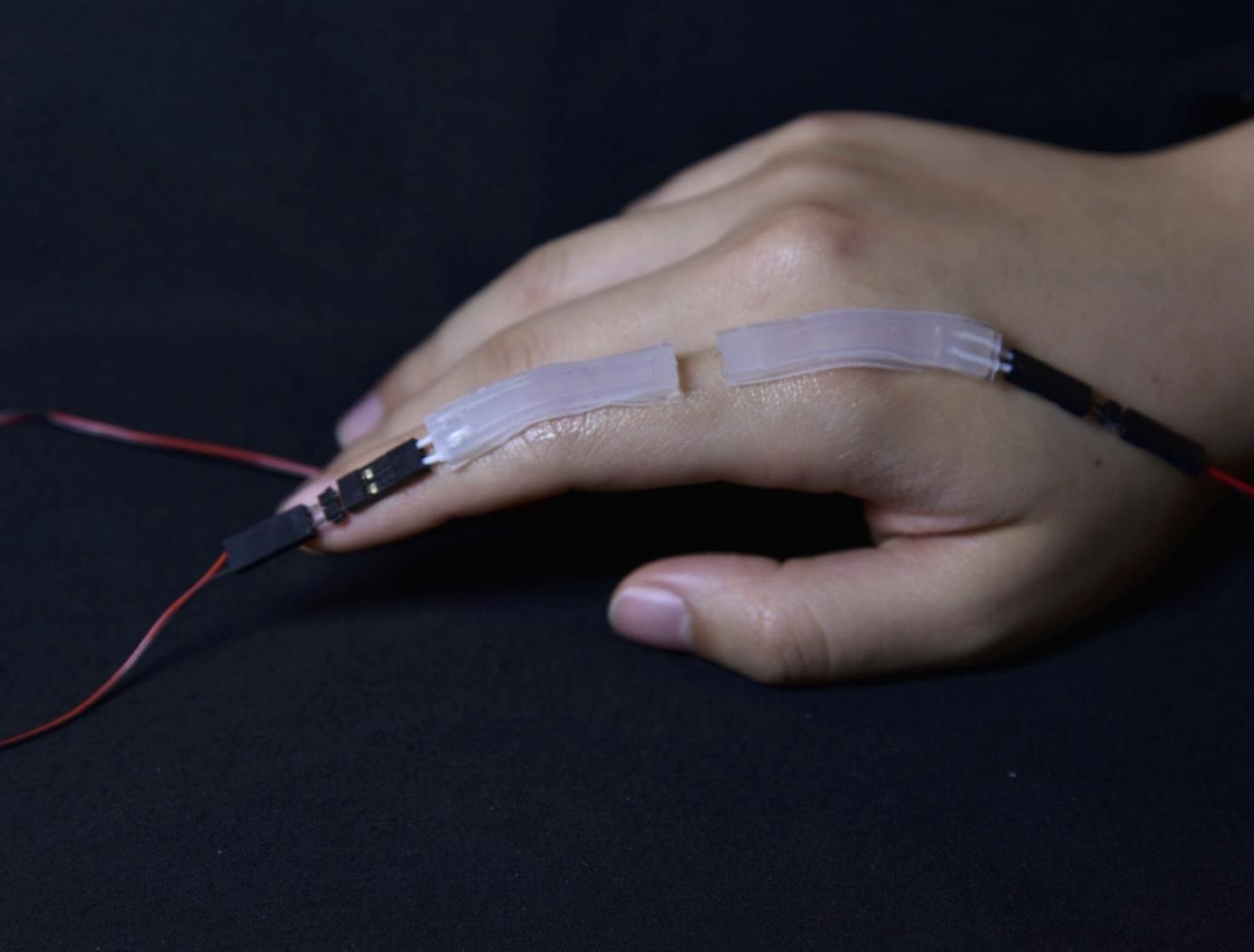
These sensors use light to detect and measure a physical parameter, such as the presence or absence of an object, the color or intensity of light, or the distance between objects. They are commonly used in optical encoders, barcode readers, and machine vision.
Optical sensors are devices that use light to detect and measure various physical quantities such as distance, position, presence/absence of an object, temperature, pressure, and more. These sensors work based on the interaction between light and various materials or phenomena. They measure changes in light levels, intensity, wavelength, polarization, or phase to detect and analyze physical quantities.
Optical sensors offer advantages such as high accuracy, fast response times, non-contact operation, and immunity to electromagnetic interference. Each optical sensor has a specific sensing range and accuracy, which determines its suitability for different applications.
They find applications in industries like automotive, aerospace, healthcare, manufacturing, and environmental monitoring, among others.
Optical sensors types and their detection methods
Optical sensors require a light source to emit light and interact with the target object or environment. Common light sources include LEDs (Light Emitting Diodes) or lasers, depending on the application requirements.
Optical sensors use different detection methods to analyze the changes in light. These methods can include reflection, transmission, absorption, or scattering of light waves. The choice of detection method depends on the specific application and the properties of the target object.
There are different types of optical sensors, each designed to detect specific aspects of light such as intensity, wavelength, polarization, or phase. Here are a few examples:
Photodiodes
A photodiode is a semiconductor device that generates an electric current when exposed to light. They are responsive to different wavelengths.
When photons strike the depletion region of the photodiode, they create electron-hole pairs, due to the absorption of energy from the incoming light. The generated electrons and holes contribute to a photocurrent, which can be measured as a response to the incident light. They are commonly used in applications like ambient light detection, optical communication, and light intensity measurement.


Optical encoders
Optical encoders use a light source and a sensor to detect movement or position.
They are are devices that convert mechanical motion into electrical signals. They are widely used in various applications to measure position, speed, and direction by employing light-emitting diodes (LEDs), photo detectors, and a patterned disk or strip known as a code wheel.
Optical encoders work based on the principle of interrupting light. The code wheel, which is mounted on the rotating shaft, contains alternating transparent and opaque segments. As the shaft rotates, the segments pass between an LED light source and a photo detector, creating a pattern of interrupted light. This pattern is then converted into electrical signals.

Types of optical encoders:
Incremental: These encoders have two output channels (A and B) that produce square wave signals with a phase difference. By measuring the number of pulses and the direction of rotation, incremental encoders determine position, speed, and direction.
Absolute: Absolute encoders provide a unique digital code for each position, enabling direct readout of absolute position information. They can be single turn or multi-turn, providing position data even after power loss.
The resolution of an optical encoder refers to the smallest angular displacement it can detect. It is typically specified in terms of pulses per revolution (PPR), which indicates the number of equally spaced segments on the code wheel. Higher PPR values result in greater precision and accuracy.
Optical encoders can provide high accuracy and linearity, ensuring precise position feedback. The accuracy depends on factors such as the quality of the code wheel, the optical components, and the signal processing circuitry.
Optical encoders find application in various fields, including robotics, industrial automation, CNC machines, printers, motor control systems, medical devices, and consumer electronics. They enable accurate position control, speed regulation, and feedback in these systems.
Optical encoders Advantages and Limitations:
Optical encoders offer advantages such as high resolution, fast response times, long service life, and immunity to electromagnetic interference. They also have the ability to provide feedback even at low speeds or during power interruptions.
Optical encoders may have limitations in extreme environments with high temperatures, humidity, or contaminants. Excessive vibrations or shock can also impact their performance. In such cases, alternative encoder technologies like magnetic or capacitive encoders may be more suitable.
Fiber optic sensors
Fiber optic sensors are devices that use optical fibers to detect and measure physical or environmental parameters. They use the principle of light propagation through fiber optics to sense changes in various parameters and convert them into electrical signals.
Fiber optic sensors work based on the modulation of light as it travels through an optical fiber. Changes in the environment, such as temperature, pressure, strain, humidity, or presence of certain substances, cause alterations in the light signal, which can be measured and analyzed.
Types of fiber optic sensors:
Intensity-based sensors: These sensors measure the intensity of light that is transmitted or reflected within the fiber. The change in intensity provides information about the parameter being measured.
Phase-based sensors: These sensors measure the phase shift or interference of light as it travels through the fiber. Changes in phase are correlated to the parameter being sensed.
Polarization-based sensors: These sensors exploit the polarization properties of light to detect changes in the surrounding environment.
Advantages of fiber optic sensors:
- High sensitivity: Fiber optic sensors can provide extremely high sensitivity and accuracy, allowing for precise measurements.
- Immunity to electromagnetic interference: Since they rely on light, fiber optic sensors are immune to electromagnetic interference, making them suitable for harsh industrial environments.
- Long distance capabilities: Optical fibers can transmit signals over long distances without significant loss or degradation.
- Non-intrusive and remote sensing: Fiber optic sensors can be deployed in hard-to-reach or hazardous locations due to the flexibility and narrowness of the optical fibers.
- Multiplexing: Multiple sensors can be combined in a single fiber, enabling simultaneous measurement of different parameters.
Applications of fiber optic sensors:
- Structural health monitoring: Fiber optic sensors can monitor strain, temperature, and vibration in structures such as bridges, buildings, and pipelines.
- Industrial process control: They are used for monitoring pressure, temperature, and liquid/gas levels in industrial processes to ensure efficient and safe operation.
- Environmental monitoring: Fiber optic sensors can detect changes in environmental conditions like temperature, humidity, and pollution levels.
- Biomedical sensing: Fiber optic sensors find applications in medical devices for non-invasive sensing of vital signs, tissue analysis, and monitoring of biological processes.
- Defense and security: They are used for perimeter security, intrusion detection, and chemical/biological agent detection.
Photoresistors (LDRs)
Photoresistors, also known as Light Dependent Resistors (LDRs), are a type of light sensor. The basic structure of a photoresistor consists of a thin semiconductor layer with two electrodes attached to it. The working principle of photoresistors is based on the phenomenon called the photoelectric effect.
The relationship between the resistance of a photoresistor and the incident light intensity is nonlinear and depends on factors such as the material composition and the spectral sensitivity of the device. The resistance of a photoresistor decreases as the intensity of light increases and increases as the light intensity decreases. This property makes them suitable for light-level detection or measurement applications.

When light falls on a photoresistor, photons with sufficient energy excite the electrons present in the valence band of the material, causing them to move to the conduction band. This creates electron-hole pairs, where the electrons become free to conduct electricity.
The presence of these free carriers reduces the resistance of the photoresistor. The more intense the light, the greater the number of electron-hole pairs generated, resulting in lower resistance. Conversely, in low light conditions, the resistance increases.

Photoresistors are commonly used in various applications, including automatic lighting systems, outdoor light control, energy-saving devices, photography exposure meters, and many more. They provide a simple and cost-effective solution for detecting and responding to changes in ambient light levels.
It’s important to note that photoresistors have some limitations, such as slow response times and a lack of precise calibration. Additionally, they can be affected by factors like temperature changes and aging. However, for many practical applications, photoresistors remain a popular choice due to their simplicity and versatility.
Spectrometers
Spectrometers are instruments used to measure and analyze the properties of light or electromagnetic radiation. They are widely used in various scientific fields, industries, and research applications. Spectrometers work by splitting light into its component wavelengths and measuring the intensity of each wavelength.
Types of spectrometers:
There are different types of spectrometers, including optical spectrometers, mass spectrometers, and X-ray spectrometers.
Optical spectrometers: They operate in the visible, ultraviolet, or infrared regions of the electromagnetic spectrum and are commonly used for materials analysis, astronomy, environmental monitoring, and medical diagnostics.
Mass spectrometers: Mass spectrometers are used to measure the masses and relative abundances of ions. They are widely used in chemistry, biology, and physics for analyzing complex mixtures and determining the composition of substances.
X-ray spectrometers: X-ray spectrometers are specifically designed to analyze X-rays, which have higher energy compared to visible light. They find applications in materials science, chemistry, and medical imaging.
Advantages of Spectrometers:
Spectrometers have numerous advantages. They provide accurate measurements, allowing for precise analysis and characterization of samples. They are versatile, as they can be adapted to measure different regions of the electromagnetic spectrum. Spectrometers are non-destructive, enabling analysis without altering or damaging samples. They also offer high sensitivity, making them suitable for detecting trace amounts of substances.
Like any other sensor, optical sensors may require calibration to ensure accurate measurements. Regular maintenance and cleaning of the sensor’s optical components are also important to maintain their performance and longevity.



